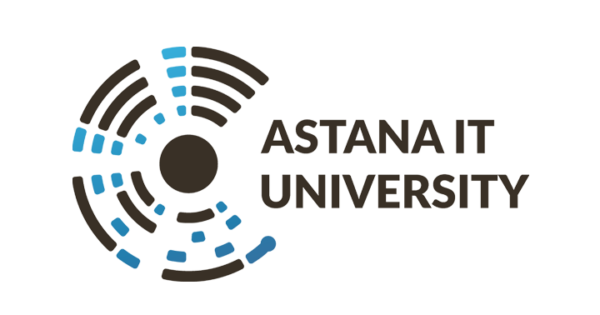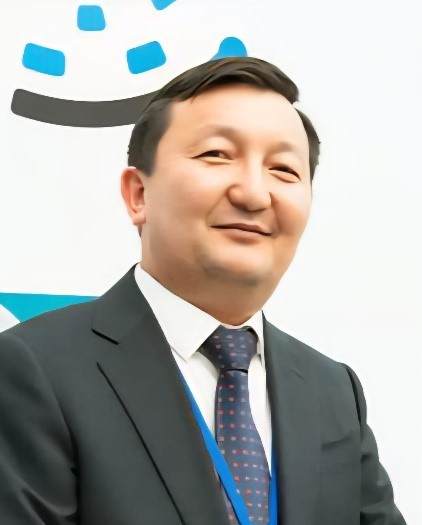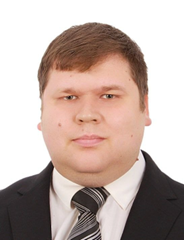|
1. The analysis revealed that in the digital world, hiding borrowings in text documents has become a challenging task for plagiarism detection systems. When attempting to hide borrowings, authors use various content modification methods. These changes can range from simple word changes to more complex structural modifications. This report discusses the key methods for hiding borrowings, structural content changes, and models and methods for detecting partial duplicates that are used to detect borrowings even with significant text modifications.
2. The main methods for hiding borrowings in documents are defined:
2.1. Semantic changes: replacing keywords with synonyms, paraphrasing, replacing terms or phrases with simpler or more complex constructions.
2.2. Structural changes: changing the order of sentences or paragraphs, splitting or combining sentences and paragraphs, changing the text style (for example, from active to passive voice).
2.3. Changes in formatting: changing the font, adding or removing headings and subheadings.
2.4. Structural changes in content: rearranging paragraphs and sentences, adapting grammatical constructions, changing data presentation formats, for example, changing a list to a paragraph containing the same meaning.
3. An analysis of the main methods of manipulating documents aimed at complicating the process of detecting borrowings was conducted:
3.1. Paraphrasing – changing the wording of the text while maintaining the main meaning (replacing words with synonyms; changing the word order; using other grammatical constructions; converting active sentences into passive ones and vice versa).
3.2. Changing the order of sentences and paragraphs – reorganizing the structure of the text by rearranging sentences or paragraphs.
3.3. Replacing parts of the text with graphs or tables – a significant change in the structure of the document.
3.4. Intentional misuse of quotation – quoting with modifications or using incorrect references (breaking quotations into several parts; changing the attribution of quotations; mixing quotation with paraphrasing).
3.5. Translation from one language to another with subsequent paraphrasing
3.6. Text compression or expansion techniques – shortening or adding explanations, examples, data and other details.
3.7. Fragmenting content into parts
3.8. Using metaphors and analogies – using figurative expressions of thoughts to convey information.
|








